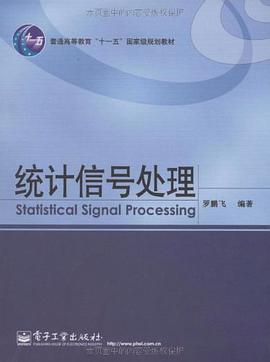

A new approach to understanding nonlinear dynamics and strange attractors The behavior of a physical system may appear irregular or chaotic even when it is completely deterministic and predictable for short periods of time into the future. How does one model the dynamics of a system operating in a chaotic regime? Older tools such as estimates of the spectrum of Lyapunov exponents and estimates of the spectrum of fractal dimensions do not sufficiently answer this question. In a significant evolution of the field of Nonlinear Dynamics, The Topology of Chaos responds to the fundamental challenge of chaotic systems by introducing a new analysis method-Topological Analysis-which can be used to extract, from chaotic data, the topological signatures that determine the stretching and squeezing mechanisms which act on flows in phase space and are responsible for generating chaotic data. Beginning with an example of a laser that has been operated under conditions in which it behaved chaotically, the authors convey the methodology of Topological Analysis through detailed chapters on: Discrete Dynamical Systems: Maps Continuous Dynamical Systems: Flows Topological Invariants Branched Manifolds The Topological Analysis Program Fold Mechanisms Tearing Mechanisms Unfoldings Symmetry Flows in Higher Dimensions A Program for Dynamical Systems Theory Suitable at the present time for analyzing "strange attractors" that can be embedded in three-dimensional spaces, this groundbreaking approach offers researchers and practitioners in the discipline a complete and satisfying resolution to the fundamental questions of chaotic systems.
具体描述
读后感
评分
评分
评分
评分
用户评价
相关图书
本站所有内容均为互联网搜索引擎提供的公开搜索信息,本站不存储任何数据与内容,任何内容与数据均与本站无关,如有需要请联系相关搜索引擎包括但不限于百度,google,bing,sogou 等
© 2025 book.wenda123.org All Rights Reserved. 图书目录大全 版权所有




















